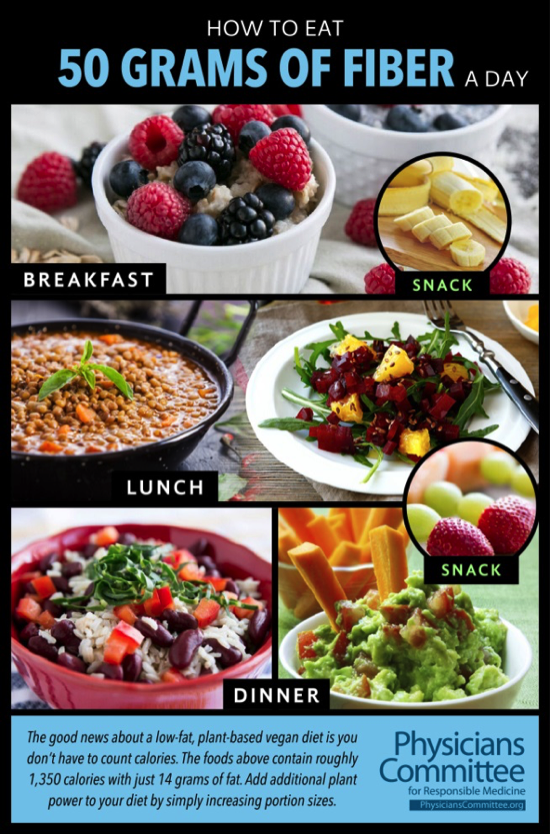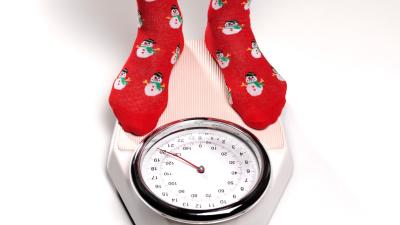Where do you get your protein?

“Where do you get your protein?” It’s probably the No. 1 question vegetarians and vegans get about their diets.
But why? In the United States today, protein deficiency is virtually nonexistent. In fact, most Americans are actually getting twice the protein their bodies really need.
The protein myth is one of many topics that Marta Zaraska tackles in her book Meathooked—an exploration of our cultural addiction to meat. As Ms. Zaraska explains, “it’s extremely hard to succumb to [protein deficiency] in the West unless you are truly starving, an AIDS patient, or a drug addict.” Most of us, she explains, only need 0.8 grams of protein per kilogram of body weight each day—that’s about 50 grams for someone who weighs 150 pounds—which most people achieve easily.
But you wouldn’t know that if you get your nutrition advice from the headlines—which constantly push high-protein diets. In spite of the fact that we now eat more meat than ever—about 125 pounds per person every year—and collectively consume more than one million chickens per hour, we still strive for more protein. The more, the better.
But when it comes to protein, evidence shows that more isn’t actually better. A long-term study published in 2014 found that diets rich in animal protein are linked to a fivefold increase in risk of death from diabetes and a fourfold increase in risk of death from cancer—risk factors that are comparable to smoking. And for the first time, the Dietary Guidelines for Americans now urge certain groups of Americans—namely men and teenage boys—to reduce their overall consumption of high-protein foods, like meat and eggs, to improve their health.
So what makes high-protein diets so dangerous? Part of the reason may be that high-protein foods, like meat, dairy products, and eggs, are also rich in fat, saturated fat, and cholesterol.
A healthful plant-based diet, on the other hand, easily provides all the protein our bodies need, without any of the health risks. All foods, including fruits and vegetables, contain protein, while certain plant-based foods, like whole grains, beans, nuts, lentils, tofu, and quinoa pack an extra protein punch.
So worrying about protein isn’t necessary—a recent study even found that 90 percent of the world’s countries and territories exceed protein requirements.
The real deficiencies in the standard American diet? Nine in 10 Americans don’t eat enough vegetables, while a whopping 97 percent of us fail to meet daily recommendations for fiber—a nutrient that can help control weight, lower cholesterol, and even fight off cancer. A recent study published in The Journal of Gerontology even found that fiber may be the key to successful aging.
Considering the current epidemics of heart disease, type 2 diabetes, and obesity, we should stop counting grams of protein and start asking: Where do you get your fiber?









